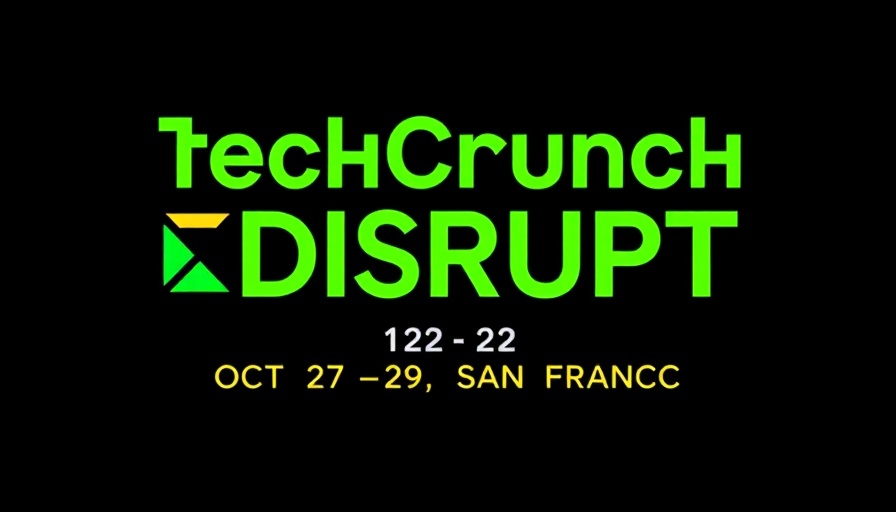
NYT Embraces AI: A New Era in Journalism
The New York Times (NYT) has taken a significant step forward in modern journalism by greenlighting the use of artificial intelligence (AI) tools for both its product and editorial teams. This bold move signals an intention to integrate advanced technology into everyday operations, enhancing productivity and streamlining workflows. According to an internal announcement, the introduction of an AI summary tool named Echo promises to transform how writers and editors approach their work.
The Purpose Behind AI Integration
AI's incorporation into the newsroom comes at a time of growing interest in the potential benefits of technology within media. The editorial staff is set to receive training on how to effectively utilize AI tools for various tasks, ranging from creating SEO-friendly headlines and developing social media content to conducting research and editing.
As highlighted in the recent communication from NYT management, AI can facilitate the drafting of interview questions and suggest edits, all while adhering to strict guidelines against hefty revisions or the inclusion of confidential source material. It reflects a commitment to maintaining journalistic integrity even as technology enhances capabilities.
Challenges and Criticisms of AI in Journalism
However, not all staff members are on board with AI adoption. There exists a palpable concern that reliance on technology might dilute the creativity, accuracy, and human touch intrinsic to quality journalism. Critics argue that AI-generated content—if not carefully monitored—could lead to laziness in writing and inaccuracies in reporting.
Amidst these critiques, The New York Times emphasizes that AI is meant to augment, not replace, human input. They stress that news produced by AI must be validated and originates from diverse, reliable sources. This careful balancing act aims to preserve the foundation of quality journalism while embracing innovation.
Tools for the Future: Expanding NYC's AI Arsenal
In addition to Echo, the NYT plans to implement other AI products such as GitHub Copilot for programming assistance and Google's Vertex AI for product development. This investment reflects a broader trend in media where organizations are exploring how to leverage AI for competitive advantage while navigating complex challenges related to copyright and ethical journalism.
Interestingly, this pivot to AI comes on the heels of an ongoing legal dispute between The New York Times and tech giants OpenAI and Microsoft, with the former alleging unauthorized use of its content to train generative AI systems. The situation adds complexity to the conversation about AI in journalism and underscores the necessity for clear ethical boundaries in AI usage.
Looking Ahead: The Future of AI in Media
As The New York Times forges ahead with the implementation of AI tools, the path forward will undoubtedly require continuous evaluation and adaptation. Staff training initiatives, scrutiny of AI outputs, and openness to feedback will be crucial in determining how effectively the NYT can balance the innovative nature of AI with its core principles of factual reporting.
This pivotal moment in journalism serves not only as a test for The New York Times but also raises pressing questions for the wider media landscape: How will AI reshape storytelling? Will it enhance or detract from the authenticity of journalism? Only time will tell as this experiment unfolds.
For readers keen on understanding the intersection of technology and journalism, staying informed about such developments is essential. Embrace the knowledge and consider the implications of AI not just for news production, but for our society as a whole.
 Add Row
Add Row  Add
Add 




Write A Comment